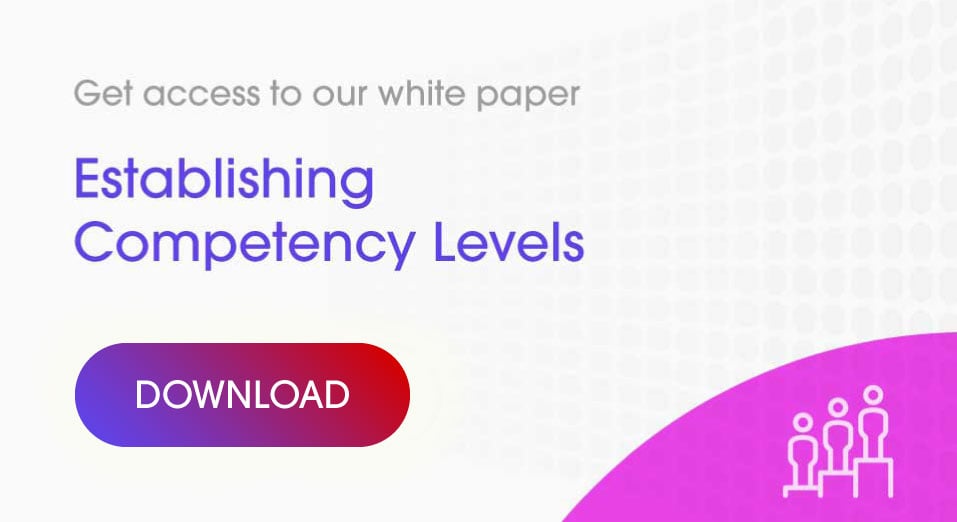In the first part of this article we discussed the typical challenges marketers are facing in the pharmaceutical industry and we reviewed the three different methods of learning. We advise you to read over the first part of this guide if you need to refresh your memory.
What do you mean by “a blended learning” approach?
In essence, a blended learning approach employs multiple channels to deliver material in a format that expedites learning amongst the course participants. Typically this is a combination of online learning modules combined with in-class sessions and, critically, some form of practical component to allow course participants to practice what they have learned.
The course should ideally start with distance learning through online content in the form of e-modules. In order to appeal to both auditory and visual learners, these would need to be bright, clear materials accompanied by an engaging and informative voice-over, using plenty of examples, as a presenter takes the delegates through the material. Learning should also be tested after each of the modules in the form of a quiz with immediate feedback provided to the learners in terms of their knowledge development and areas for improvement.
Of course, this online section of the programme neglects the needs of the kinaesthetic group of learners who learn through practice, physically performing the task at hand. In addition, there is a substantial amount of evidence to show that nothing improves learning outcomes like practice.
This need for practice and physical action makes an in-class session using some form of applicable business simulation essential if you are willing to maximise learning outcomes. In addition, the in-class sessions allow for in-depth discussion, sharing of best practice and workshops around the key concepts being presented, once again reinforcing learning retention and improving learning outcomes.
What are the characteristics of a great business simulation?
Well, the first thing to ensure is that the simulation is applicable to the course delegates – that it’s adapted to the auditorium. For example, there is no sense in using a FMCG simulation with a group of pharmaceutical marketers. Yes, you will gain some traction and certainly improve learning outcomes to a degree but your result will still be sub-optimal. If you are training pharmaceutical marketers you need to use relevant pharmaceutical case studies within the simulation and the simulation itself needs to reflect the requirements of the marketer’s role.
The second thing to ensure is that the case study within the simulation is detailed enough and sufficiently challenging to be engaging and to stretch the course delegates.
The third element is to ensure that the platform itself that contains the simulation is visually appealing and instinctive, allowing course participants to fully immerse themselves in the experience. It should also contain all of the relevant elements you expect the participants to have mastered by the end of the course.
Couldn’t you just present the material in-class or in the e-modules and allow participants to practice in their day jobs?
No, this is certainly not an ideal scenario for a number of various reasons. The most important of which is that if a course participant makes an error in real life, the consequences could be severe, potentially costing the company millions in terms of lost revenues. Within the simulation, delegates can make mistakes within a safe and supportive environment without the company having to worry that they are potentially losing vast sums of money due to a bad marketing decision.
The second reason is that using the newly taught skills in real life does not allow for any form of debriefing to occur after the exercise has been completed. This means that participants are not in a position to learn from their mistakes, either that they have made or that other delegates on the course have made.
Finally, simulations allow the training team to dramatically compress timelines, allowing the trainees to make decisions over the course of a few days that would possibly take years in real life.
If you had to summarise everything above, what would be your single take-home message?
I think that the most obvious point to flag is that we all have a preferred method of learning and that training courses need to cater for all three of these preferences: visual, auditory and kinaesthetic. This makes a blended learning approach critical to the success of a learning intervention.
If you are not using a blended-learning approach encompassing online learning, in-class sessions and, critically, an appropriate and engaging simulation, you are not going to deliver optimal training results.
The Actando Consulting Team











